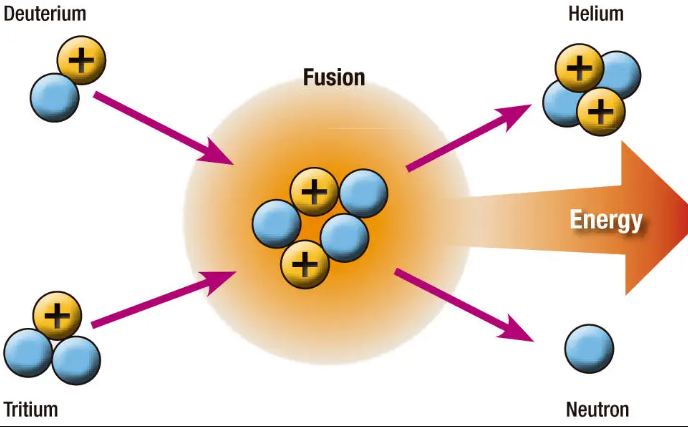Which Element is Nuclear Fusion Least Likely to Produce?
Nuclear fusion is a process that occurs in the cores of stars, including our Sun, where atoms combine to form heavier elements and release vast amounts of energy. This process plays a crucial role in the formation of various elements in the universe. However, not all elements can be produced through nuclear fusion. In this article, we will explore the question, "Which element is nuclear fusion least likely to produce?" and delve into the factors that influence the production of elements through fusion reactions.

Nuclear Fusion
1. Understanding Nuclear Fusion
Nuclear fusion is a process that involves the merging of two lighter atomic nuclei to form a heavier nucleus.
This process releases an enormous amount of energy and is responsible for powering stars, including our Sun.
In the intense conditions of a star's core, hydrogen nuclei (protons) collide and fuse together to form helium.
This fusion reaction releases energy in the form of light and heat.
2. Elements Produced by Nuclear Fusion
While nuclear fusion is responsible for the creation of a wide range of elements, some elements are more likely to be produced than others.
The most common element produced by nuclear fusion is helium, which forms when four hydrogen nuclei fuse together.
This process is known as the proton-proton chain.
Additionally, nuclear fusion in massive stars can produce elements up to iron through a series of fusion reactions involving helium and other elements.
These reactions occur at extremely high temperatures and pressures, allowing the synthesis of elements like carbon, oxygen, silicon, and others.
3. Elements Least Likely to be Produced by Nuclear Fusion
While nuclear fusion is capable of producing a vast array of elements, there are several elements that are least likely to be formed through this process.
These elements include those with high atomic numbers, such as those beyond iron in the periodic table.
Elements beyond iron require an input of energy to undergo fusion and cannot release energy through fusion reactions.
Instead, these heavy elements are generally formed through other processes, such as supernova explosions or neutron capture.
Elements such as gold, platinum, uranium, and others with high atomic numbers are not typically produced through nuclear fusion in stars.
These elements require extreme conditions and specific astrophysical events to be synthesized.

Fusion
Nuclear fusion is a powerful process that occurs in the cores of stars, generating energy and creating a wide range of elements. While many elements can be formed through fusion reactions, there are certain elements, particularly those with high atomic numbers, that are least likely to be produced through this process. Gold, platinum, uranium, and other heavy elements are typically formed through other astrophysical events. Understanding the limitations and capabilities of nuclear fusion helps us unravel the complex processes that shape our universe and the elements within it.